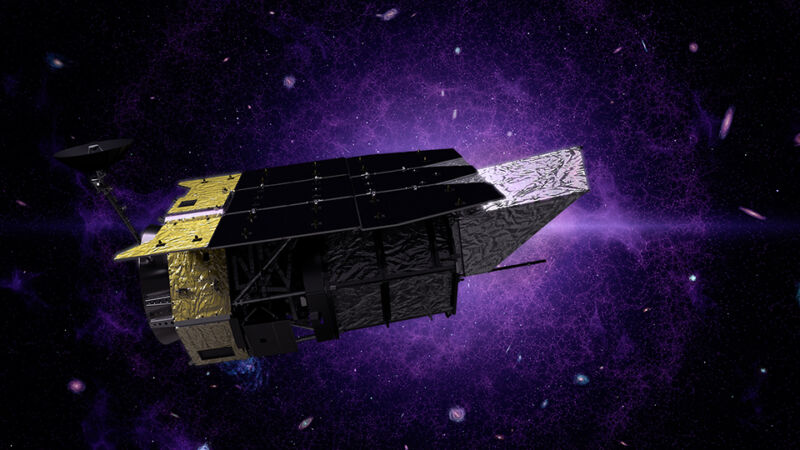
Enlarge / The Nancy Grace Roman Space Telescope, which is scheduled for launch later this decade and will observe planets and galaxies. (credit: GSFC/SVS)
On Thursday, the National Academies of Science released the latest Decadal Survey that the astronomy industry uses to help guide funding decisions over the years between the current survey’s release and the next one. While the survey doesn’t guarantee funding, it’s highly influential with NASA and the National Science Foundation (NSF), which fund most of the astronomy research in the US.
The latest iteration lays out a few scientific priorities, including the study of the formation and evolution of galaxies and exosolar systems. And it also suggests which hardware would be required to get the data we need for those studies. In this case, that involves the next of NASA’s Great Observatories: a Webb-scale space telescope that is sensitive to wavelengths from UV to infrared.
At the same time, the survey warns that funding for existing activities has become a bit unbalanced and needs to be reprioritized.





